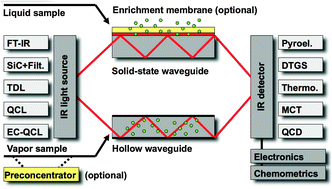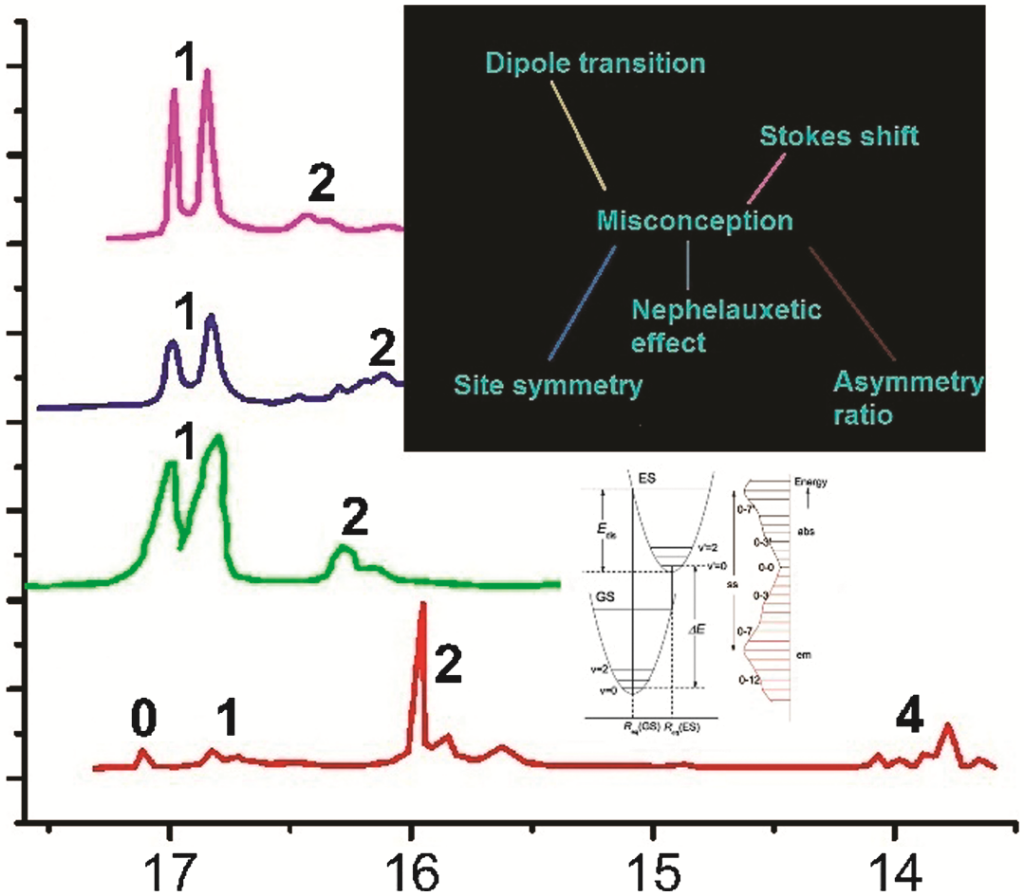When the magician pulls the rabbit from the hat, or the coin from behind someone’s ear or even guesses the card that they were thinking of, we commonly think “How did they do that?” (Because we are scientists and magic is not real).
When developing drugs for disease, scientists often design the candidates to interact with a hypothesised pathway or function. These are tested initially on cells, with successful therapeutics escalated to animal testing and clinical trials. However, in a review paper published online in Chem Soc Rev, Andrew Pieper and colleagues from the University of Iowa and Southwestern UT suggest that this method may limit the potential of drug development, inadvertently closing off avenues of discovery due to the presumed understanding of the mode of disease, and also reflecting the bias of the investigators.
The authors took a different approach when developing a drug for neurodegenerative disease. They looked at which drugs would work and then asked “how did it do that?” Rather than use a biochemical or cell-based assay, an in vivo screen was employed to identify potential candidate drugs that increased the number or survival of certain cells in the brain. Of the 1000 small molecules that were tested, one candidate, P7C3, was shown to improve memory and learning in mice. This was also orally available, crossed the blood brain barrier and non-toxic. Subsequently, the authors used the drug as a scaffold to develop a number of derivatives for application as a neuroprotective agent in a number of diseases, including Parkinson’s disease.
This different approach has enabled the development of the drug to move forwards, whilst also being able to look back and investigate the mechanism of action. Perhaps, even more notably, this has also saved a significant amount of time in discovering a potential therapeutic for neurodegenerative diseases, which, with an aging population, are becoming increasingly common.
Click on the link below to download the full article for free*
Andrew A. Pieper, Steven L. McKnight and Joseph M. Ready
Chem Soc Rev Advanced Article
DOI: 10.1039/C3CS60448A
*Access is free through a registered RSC account for 4 weeks – click here to register













